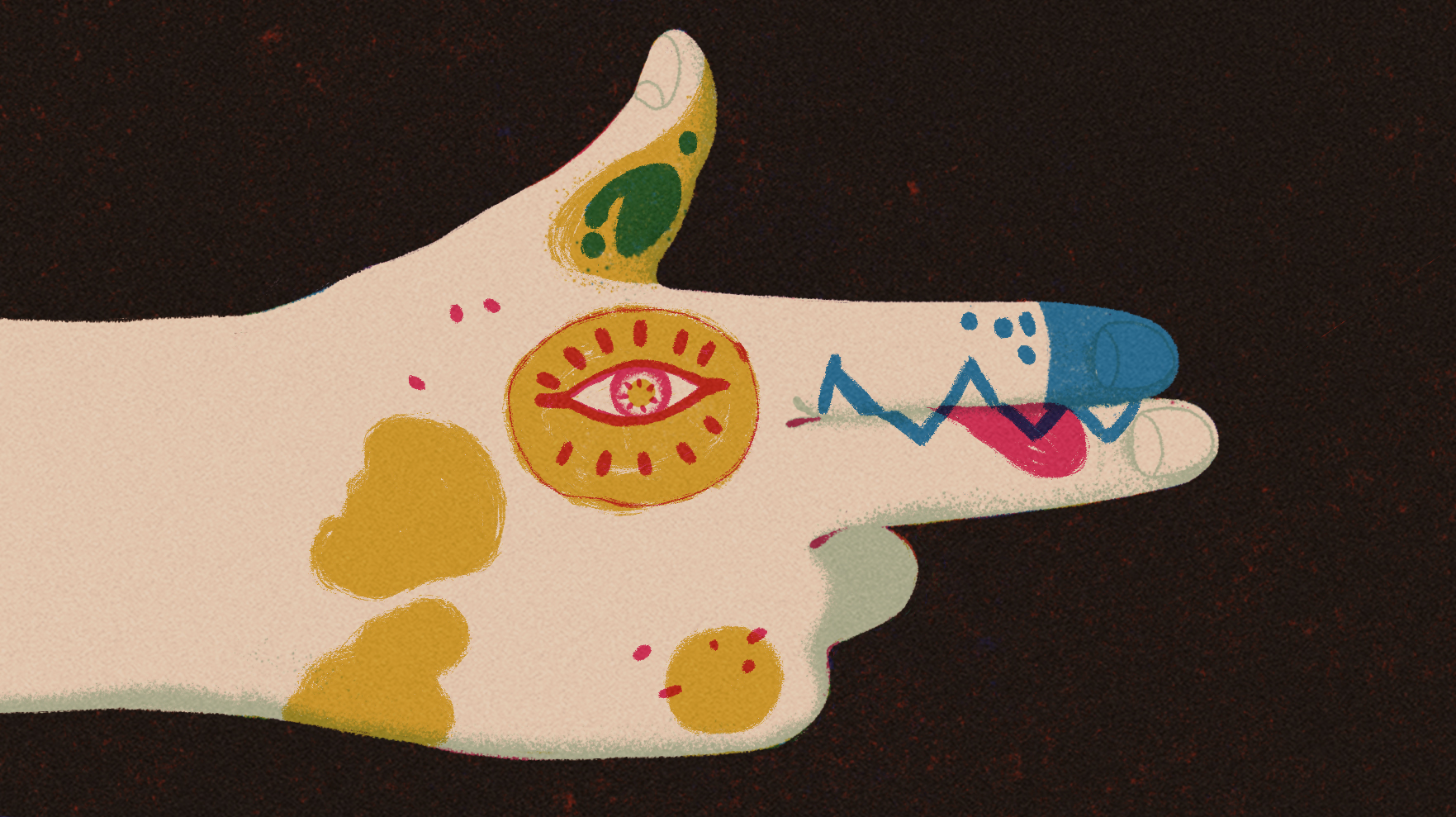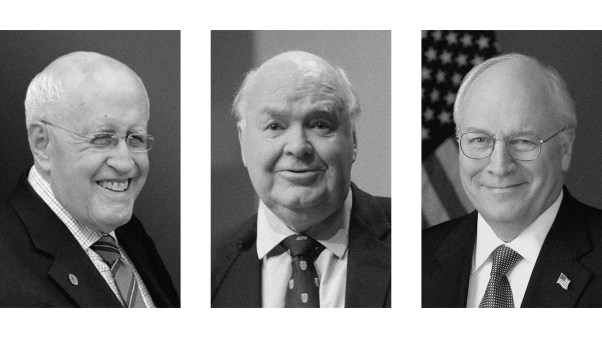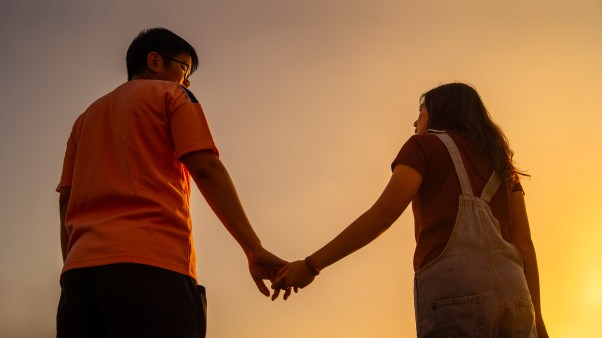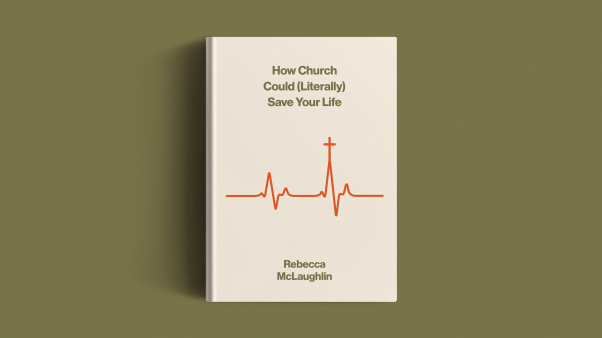As I pull into the parking lot of Cincinnati Hills Christian Academy, I notice a plainclothes man with a visibly holstered gun emerge from the car beside me. He is one of the school’s recently hired safety officers. Their armed presence is the reason I’ve arranged to speak with head of school Dean Nicholas.
Our family is new to the school, returning to the United States after 11 years in Canada. Those years were grimly bookended by significant American school shootings: Sandy Hook Elementary in December of 2012 and Robb Elementary School in May of 2022.
In the decade of our expatriation, four of the five deadliest school shootings in American history have taken the lives of more than 70 teachers and students. With gun violence becoming a more credible threat in the US (if still exceedingly rare), many schools like ours are taking action.
At least 29 states allow guns on school grounds. A new state law in Ohio, where we live, allows teachers to carry guns with a minimal 24 hours of training by permission of their local school board, bypassing the more than 700 hours of “peace officer basic training” formerly required. This executive action came as a relief for some teachers.
The New York Times reported on a kindergarten teacher whose “school is in an older building, with no automatic locks on classroom doors and no police officer on campus.” Her district-issued emergency supplies—“wasp spray, to aim at an attacker, and a tube sock, to hold a heavy object and hurl at an assailant”—seemed inadequate.
On the morning of my interview with Nicholas, Proverbs 22:3 appeared in my daily Bible reading plan: “A prudent person foresees danger and takes precautions. The simpleton goes blindly on and suffers the consequences” (NLT). The verse seemed to underscore the wisdom practiced by academy leadership. “You install sprinklers in your school,” Nicholas explained by way of analogy. “You hope to never have to use them.”
Still, the decision to arm security at the doors of my children’s school surprised me. Perhaps my greater shock registered when I learned of the broad, almost univocal support for the decision by the school’s teachers and parents at its suburban and urban campuses. While I want my 14-year-old twin sons to be safe, I have lived elsewhere in the world where parents have worried far less for their children’s safety at school.
We have a uniquely American problem—and tired American answers. More guns. Fewer guns. Likely, the national debate about guns at school will continue to stall along partisan lines. It makes me wonder about the role Christians have to play in the US school safety debate.
What if Christians, as the late British missions historian Andrew F. Walls put it, sought to “embody alternatives that challenge the culture and invite it toward a life in which injustice, violence, and oppression are overcome”? They could know we are Christians not simply by our love—but by our imagination.
The Violence Project maintains a mass shooter database that begins with the 1966 shooting at the University of Texas in Austin, where a 25-year-old gunman killed 15 people and injured 31 others. The data suggest at least two commonalities between school shooters: first, that these young men have frequently suffered trauma; second, that they are often known to the communities they seek to harm. Other studies have shown that these teens may show symptoms of future actions by displaying a lack of empathy, experiencing loss, bullying others, or struggling with severe anger.
What we know about the perpetrators of school shootings doesn’t offer us easy answers, and the FBI warns against attempting to create a profile that might unfairly label nonviolent students. The best tactic, they’ve advised, is to identify specific, plausible, and direct threats. In fact, most school shooters made threats that went ignored.
I find this strangely hopeful news. If school violence is random, we are playing a murderous game of Russian roulette. But if violence frequently erupts from stories of family breakdown by abuse or divorce or death, we can better attune ourselves to warning signs—perpetrators’ pain “leaking” before homicidal events—and create mechanisms for reporting these to school authorities. And if school shooters are more likely community members than strangers, we can pursue proactive strategies of care for the troubled faces we recognize.
The Bible tells us that we are a comforted people and a people fitted to comfort others (2 Cor. 1:3–7). Our God is a sufferer and a sympathizer. The comfort we receive from him in our pain allows us to look with mercy on the bruised, the battered, and those who feel they don’t belong. Care, in its most Christian expression, assumes collective brokenness. Everyone needs loving care.
But strategies of care—as a line of defense—suggest a kind of social attention difficult to exercise today, even for Christians. Because American family life is breathlessly busy; because loneliness is epidemic; because technology impersonalizes human relationships; because post-pandemic grief is our collective experience.
Who has time to comfort? Energy to care? Those who can afford it might be tempted to professionalize care, to outsource its inefficiencies. For those struggling to make ends meet, it’s easy to be consumed with our own struggles.
Care as an element of social cohesion seems to have gone the way of black-and-white television. Volunteerism rates have been falling for two decades, according to a 2018 analysis. I wonder what might happen if we saw renewed participation in community care—treatment centers, suicide hotlines, domestic violence supports, food pantries, grief counseling, marriage ministry, conflict resolution workshops, and restorative justice initiatives—as safety measures?
What if every Christian in every neighborhood across this country took seriously the call to be their brother’s keeper?
Less formally, we might consider radical intervention: compassionately engaging with our child’s school bully and his or her family, or making an effort to meet our reclusive neighbor.
What if every Christian in every neighborhood across this country took seriously the call to be their brother’s keeper? We can’t eliminate every threat, but we can tighten the weave of our social fabric, believing that safety is everyone’s task.
Maybe one of the most radical forms of countercultural resistance we practice as God’s people, even in our hopes of addressing threats of school violence, is protecting the margin of time required for care. Care requires a willingness to be interrupted and inconvenienced. Care is often an unscheduled act. It cultivates an unhurried predisposition to notice, to listen.
Care is best expressed by community in its many varied forms: families, neighborhoods, schools, churches. Care comes as casseroles and phone calls. Clean sheets and free coffee. Bus fare, resume-writing services, and AA meetings in a damp church basement. Care can also look like involving the police when the lives of our neighbors are unraveled by violence and abuse.
We come to danger primally, intuiting fear and safety as socially located, embodied human beings. We interpret risk through the lens of gender, race, national identity, or past trauma. A gun serves as consolation to some, though certainly not to all. But care? These cups of cold water are taken in hand and rarely misunderstood.
Care is not a Pollyanna solution or a replacement for other mitigating measures. But it is a distinctly Christian approach, one that reminds us that we are citizens of another kingdom—one naive enough to believe that swords can be beaten into plowshares.
Jen Pollock Michel is the author of five books, including In Good Time: 8 Habits for Reimagining Productivity, Resisting Hurry, and Practicing Peace (Baker Books, December 2022). Speaking Out is Christianity Today’s guest opinion column.













